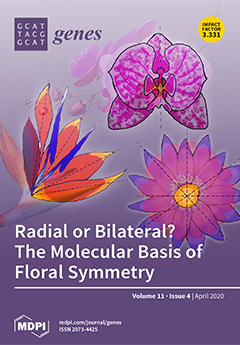The Nigerian Government is scaling up the distribution of insecticide-treated bed nets for malaria control, but the lack of surveillance data, especially in the Sudan/Sahel region of the country, may hinder targeting priority populations. Here, the vectorial role and insecticide resistance profile of
[...] Read more.
The Nigerian Government is scaling up the distribution of insecticide-treated bed nets for malaria control, but the lack of surveillance data, especially in the Sudan/Sahel region of the country, may hinder targeting priority populations. Here, the vectorial role and insecticide resistance profile of a population of a major malaria vector
Anopheles funestus sensu stricto from Sahel of Nigeria was characterised.
An. funestus s.s. was the only vector found, with a high human blood index (100%) and a biting rate of 5.3/person/night. High
Plasmodium falciparum infection was discovered (sporozoite rate = 54.55%). The population is resistant to permethrin (mortality = 48.30%, LT
50 = 65.76 min), deltamethrin, DDT (dichlorodiphenyltrichloroethane) and bendiocarb, with mortalities of 29.44%, 56.34% and 54.05%, respectively. Cone-bioassays established loss of efficacy of the pyrethroid-only long-lasting insecticidal nets (LLINs); but 100% recovery of susceptibility was obtained for piperonylbutoxide (PBO)-containing PermaNet
®3.0. Synergist bioassays with PBO and diethyl maleate recovered susceptibility, implicating CYP450s (permethrin mortality = 78.73%, χ
2 = 22.33,
P < 0.0001) and GSTs (DDT mortality = 81.44%, χ
2 = 19.12,
P < 0.0001). A high frequency of 119F
GSTe2 mutation (0.84) was observed (OR = 16, χ
2 = 3.40,
P = 0.05), suggesting the preeminent role of metabolic resistance. These findings highlight challenges associated with deployment of LLINs and indoor residual spraying (IRS) in Nigeria.
Full article






